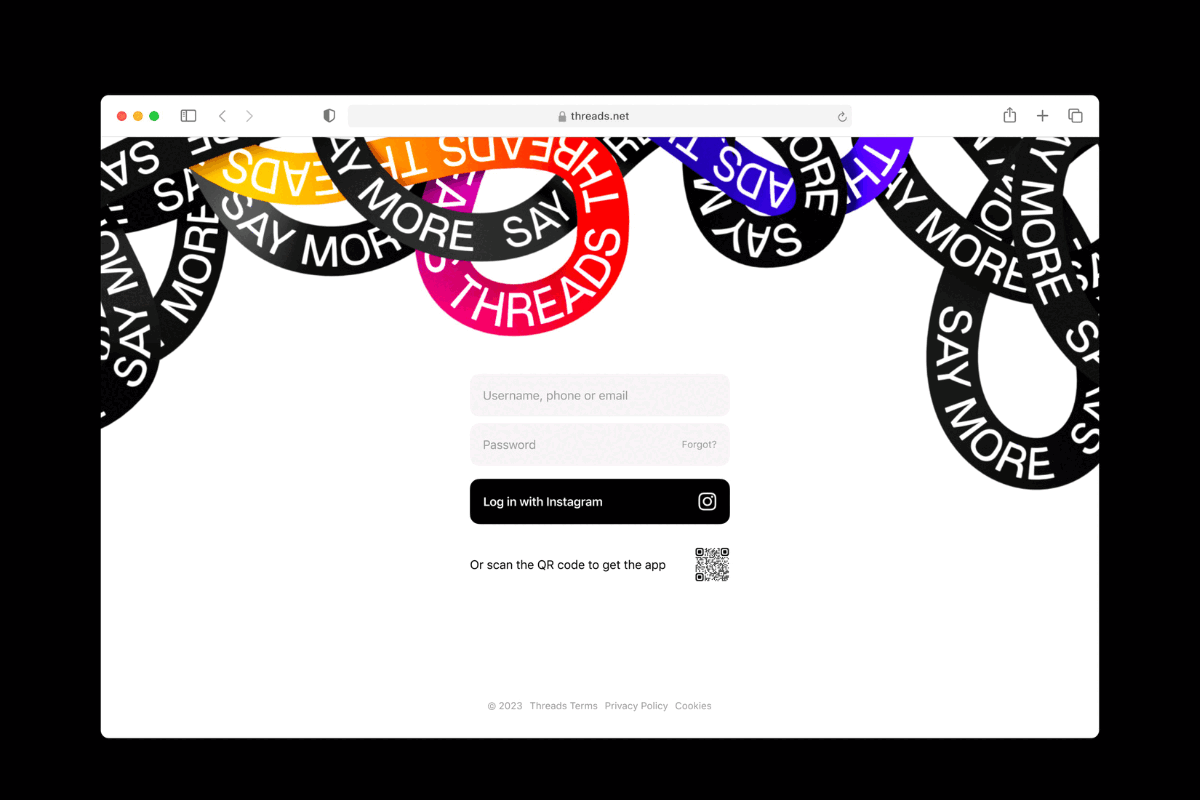The majority of mobile gamers would ditch social media and TV to keep playing games
- Monday, May 20th, 2019
- Share this article:
 Mobile gaming has managed to reach people of all ages and backgrounds and almost 70 per cent of them would choose to give up social networking or television in favour of mobile games.
Mobile gaming has managed to reach people of all ages and backgrounds and almost 70 per cent of them would choose to give up social networking or television in favour of mobile games.
According to a Tapjoy study of 18,442 US adults, 87 per cent of consumers have been playing mobile games for more than two years, with 69 per cent happy to ditch social media and TV in order to keep gaming on their smartphones.
This rise in mobile gaming leaves consumers reachable by brands and advertisers when they’re in a comfortable environment. The research found that consumers are more likely to pay attention to ads in mobile games (41 per cent) than more ‘traditional’ ad placements on the internet (17 per cent), in magazines (15 per cent), and on billboards (15 per cent). Moreover, despite consumers usually finding digital advertising annoying and intrusive, mobile gamers understand the role of ads in enabling games to be free – with 72 per cent saying they actually enjoy interacting with ads in exchange for in-app rewards or content.
Interestingly, 60 per cent of people who play mobile games now identify as ‘gamers’, up 27 per cent on Tapjoy’s previous survey in 2016.
74 per cent of mobile gamers say they open a gaming app at least three times a day – and 43 per cent admit to opening a mobile gaming app between five and 10 times or more a day. Meanwhile, 54 per cent play for at least one hour each day.
The research also found that 63 per cent of mobile gamers are women and 28 per cent are men (the remaining nine per cent chose not to select a gender). Furthermore, 54 per cent of mobile gamers are parents.
“Mobile games might just be the most ubiquitous form of entertainment in the world today,” said Emily McInerney, VP of marketing at Tapjoy. “People from every demographic and every region are playing games on their smartphones and tablets, and they’re playing them a lot. The good news for brands is that mobile games make consumers very focused, relaxed and engaged, putting them in a frame of mind that makes them more receptive to advertising messages than any other medium.”
















